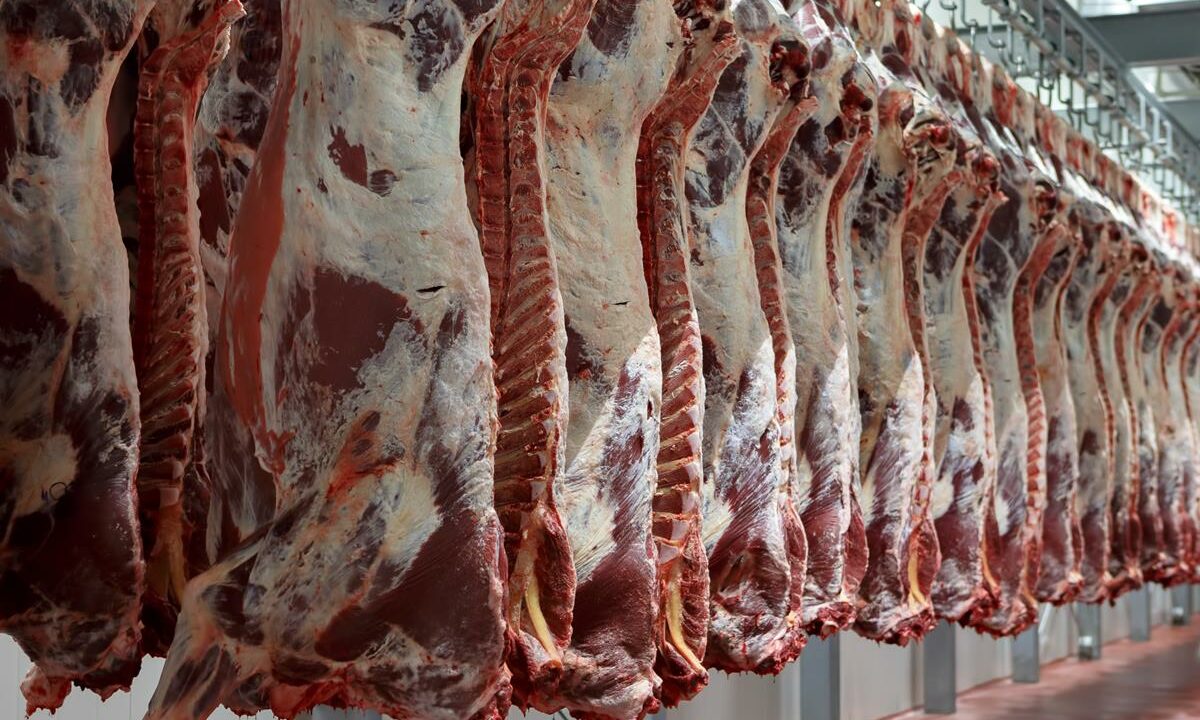The 2025 UK beef production from January to May is 10,000t, or 3%, below the same time period last year, recent analysis from the Agricultural and Horticultural Development Board (AHDB) has highlighted.
Latest beef production data published by the Department for Environment Food and Rural Affairs (Defra) shows UK beef production totalled 75,900t in May 2025.
AHDB analyst Tom Spencer highlighted that this figure represents an increase of 2% or 1,400t on the previous month (April) but is a 4% or 2,900t reduction on May 2024’s figure.
He noted: “UK beef production has now been below 2024 levels for every month of 2025 so far, representing a year-to-date fall of 10,000t or 3% to total 300,000t from January to May 2025.”
The AHDB analysis highlighted that the prime cattle slaughter for May 2025 increased by 5,000 head or 3% compared to the previous month to total 178,000 head.
“This could be reflective of producers trying to catch the recent strong prices, as elevated returns may be incentivising them to finish cattle,” the AHDB analyst suggested.
When compared to May 2024, the May 2025 UK cattle slaughter figure was down 7,600 head or 4%, “suggesting the forecasted tightness in supply may be starting to kick in”, according to the AHDB.
UK beef production: Carcass weights
Interestingly, the average carcass weights of UK prime cattle in May 2025 hit their highest levels since June 2022 at 347kg, which was up 1.2kg on the month and 2.9kg compared to May 2024.
Commenting on this trend, Spencer suggested: “With firm farmgate prices, it may have become more financially worthwhile to grow cattle on for longer, as each additional kg is returning greater value, especially when compared to the relative price of feed.”
Similar to Ireland, the UK cull cow kill is in decline, with the UK May 2025 cull cow slaughter down by 3,000 head on the month to 41,000 head. This was also down 3,000 head compared to May 2025.
The AHDB analyst said: “This could be a consequence of favourable milk prices, especially when looking at milk price to feed ratios, encouraging cow retention and reducing supplies available from the dairy herd.
“This may also be a contributing factor to the increase in GB milk deliveries, which set a new peak month record for May.”

